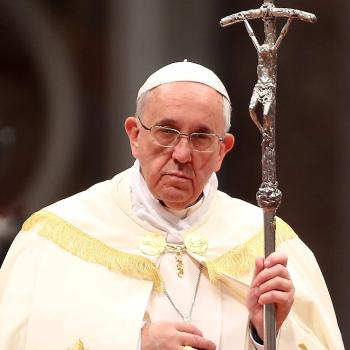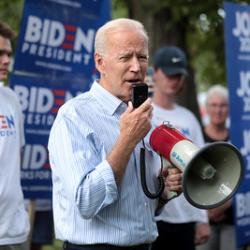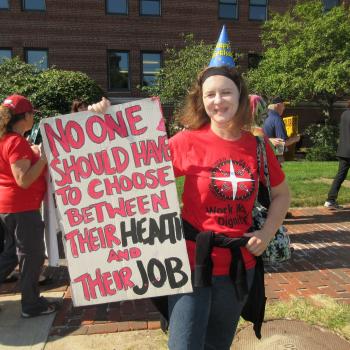The more I think about it, the more I am convinced that rising inquality is responsible for so many ills in modern society. Tony Judt identifies inequality as lying behind so many of the pathologies that tear a rift across the social order – infant mortality, life expectancy, criminality, the prison population, mental illness, unemployment, obesity, malnutrition, teenage pregnancy, illegal drug use, economic insecurity, personal indebtedness and anxiety. These social indicators are all higher in more unequal societies.
Is it really any surprise that things started to go amiss in the late 1970s, exactly the time when the old social order broke down, and a new restored laissez-faire liberalism came to replace it? Is it really any coincidence that the current climate of political bitterness began during this same period, and became more intense as inequality increased? Is it any wonder that the frustrations of the white working class has approached boiling point, after decades of flat real wages and rising economic insecurity?
Of course, like Fr. Coughlin in earlier days, these legitimate complaints have been exploited and preyed upon by charlatans like Limbaugh, the Fox News machine, and the modern Republican party. The form of protest does not appear in a societal vacuum – it reflects specific culture and political history. Whereas other countries might have turned towards socialism, or even political violence, the United States instead turned back toward the familiar liberal themes of individualism and small government. As living standards calcified, government was blamed, and lower taxes were seen as the solution. Ironically, their so-called champions were far more concerned with alleviating the tax burden on the relatively affluent, and thus exacerbating the underlying trend toward greater inequality. And let’s not forget that much of this was pretty ugly and some of the most notorious charlatans were all-too-happy to stir the racist underbelly that has long been a dark stain on American politics.
On the other side, the party that once stood for the economic interests of the working class was now seen as more concerned with cultural matters that offended family values (at a time when the working and middle classes were desperately trying to keep their families together) and the narcissistic and self-absorbed interests of the highly educated elite. Some of this was manufactured by the right, but some of it was all too real.
Over the past quarter century, people sought new ways to cope. They worked longer hours, often with multiple jobs, and sacrificed time with families. Both spouses needed to work. Is it any wonder that divorce, marital infidelity, and out-of-wedlock birth skyrocketed among the economically disadvantaged? For a while, cheap and easy borrowing acted as the final safety value, but this too is gone. Is it any coincidence that the tea party, a particularly vehement strain of working and middle class frustration – arose at this particular period? Is it any wonder that Palin – the ultimate embodiment of white working class resentment – enjoys such popularity?
Economic inequality is the greatest economic problem today that is off the political radar. Hardly anyone talks about it, and yet it lies at the root of so many problems. It is corroding our society, our culture, and our political discourse. It’s time to wake up to what has been happening over the past three decades and seek real, not phony, solutions.
















